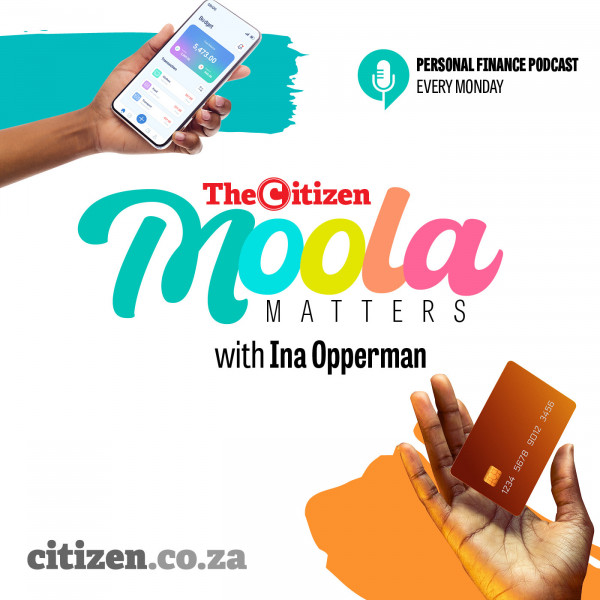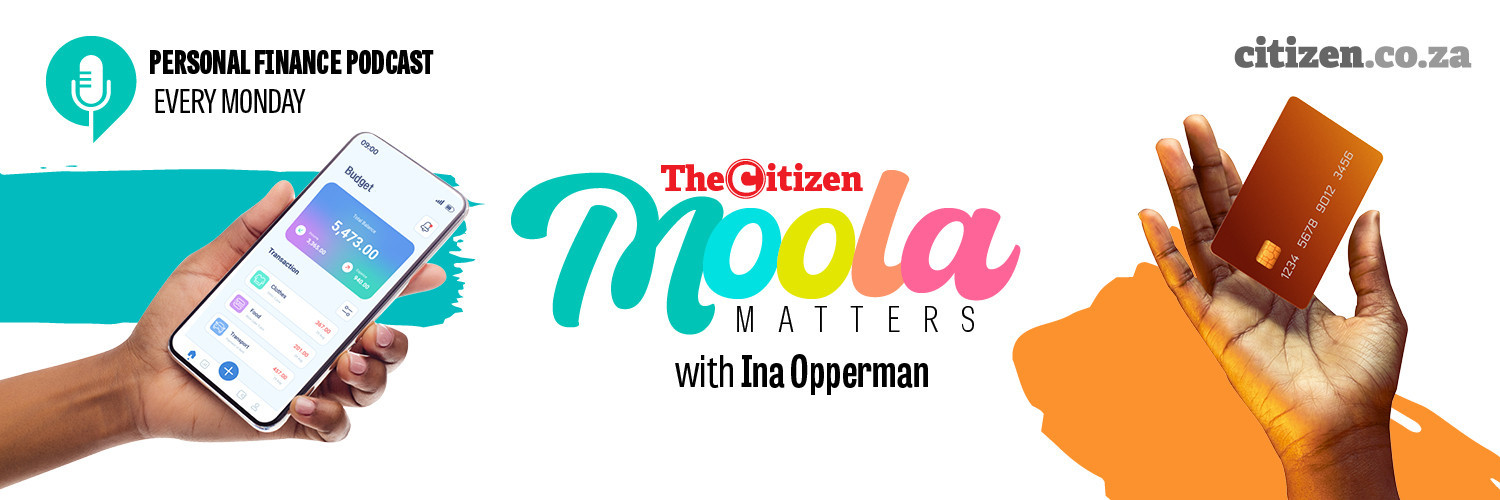
South Africa’s debt dilemma
Loading player...
South Africa is in a debt dilemma due to poor economic management that burdened the economy with seemingly unending challenges: power shortages, transport bottlenecks, political uncertainty, stagnation in growth, high unemployment rates, under-investment, overspending and lack of fiscal consolidation. The result has been escalating debt levels.
South Africa’s debt burden has multiplied in recent years. In 2006, the country's total debt was a modest R500 billion. By 2011, this had grown to R1 trillion and escalated to R4.7 trillion by 2022. It is expected to approach a whopping R6 trillion by 2025.
Of course, the economy has also grown, but not proportionately. Relative to the country's Gross Domestic Product (GDP), the debt burden increased from a conservative 30% of GDP to a worrisome 70% of GDP over this period. If not for the statistical rebasing of GDP, we would be closer to 80% now.
Listen to Linda Eedes, investment executive at Foord Asset Management discuss the risks and opportunities this holds for South Africa.
South Africa’s debt burden has multiplied in recent years. In 2006, the country's total debt was a modest R500 billion. By 2011, this had grown to R1 trillion and escalated to R4.7 trillion by 2022. It is expected to approach a whopping R6 trillion by 2025.
Of course, the economy has also grown, but not proportionately. Relative to the country's Gross Domestic Product (GDP), the debt burden increased from a conservative 30% of GDP to a worrisome 70% of GDP over this period. If not for the statistical rebasing of GDP, we would be closer to 80% now.
Listen to Linda Eedes, investment executive at Foord Asset Management discuss the risks and opportunities this holds for South Africa.
